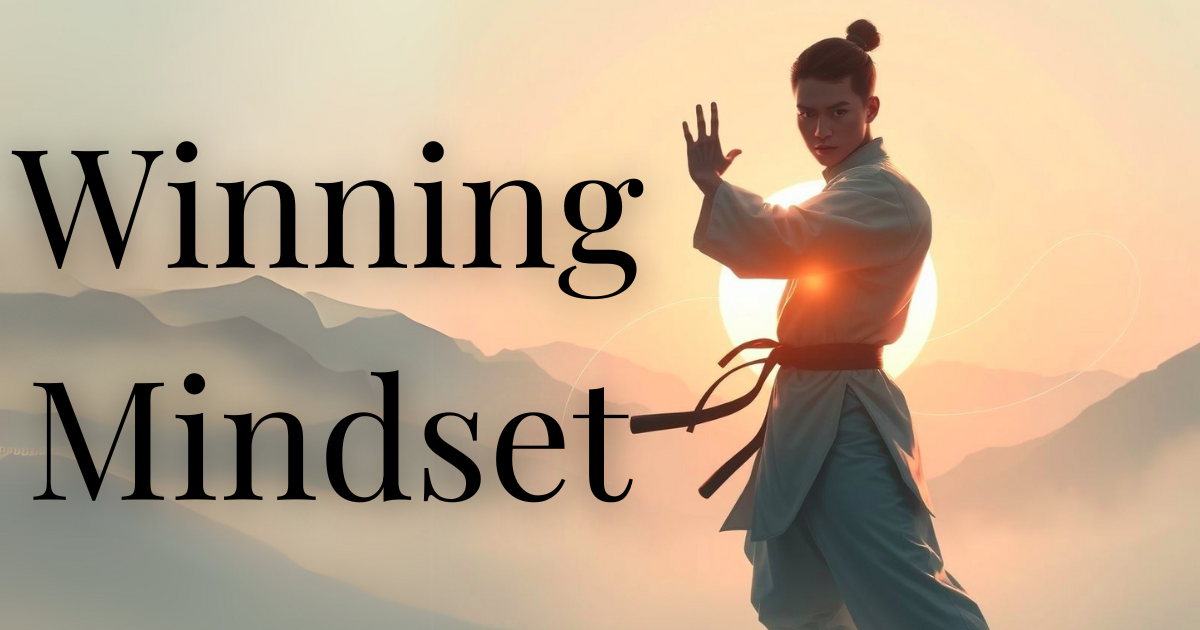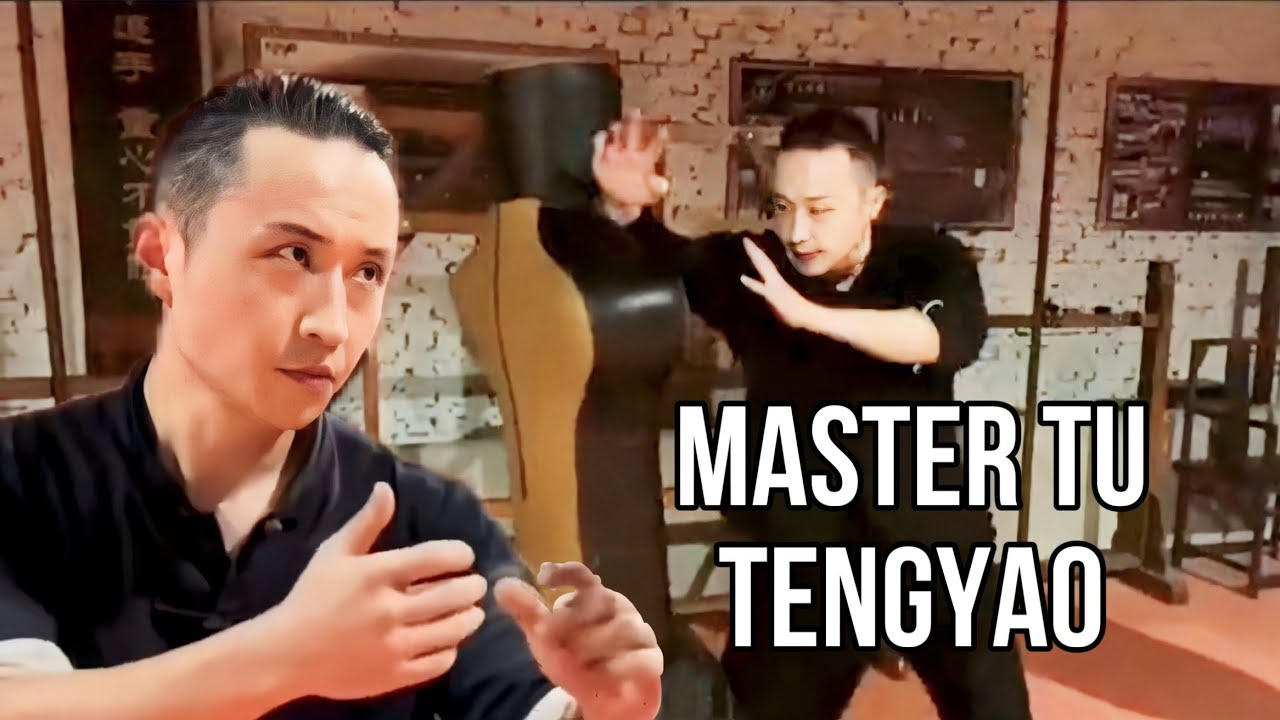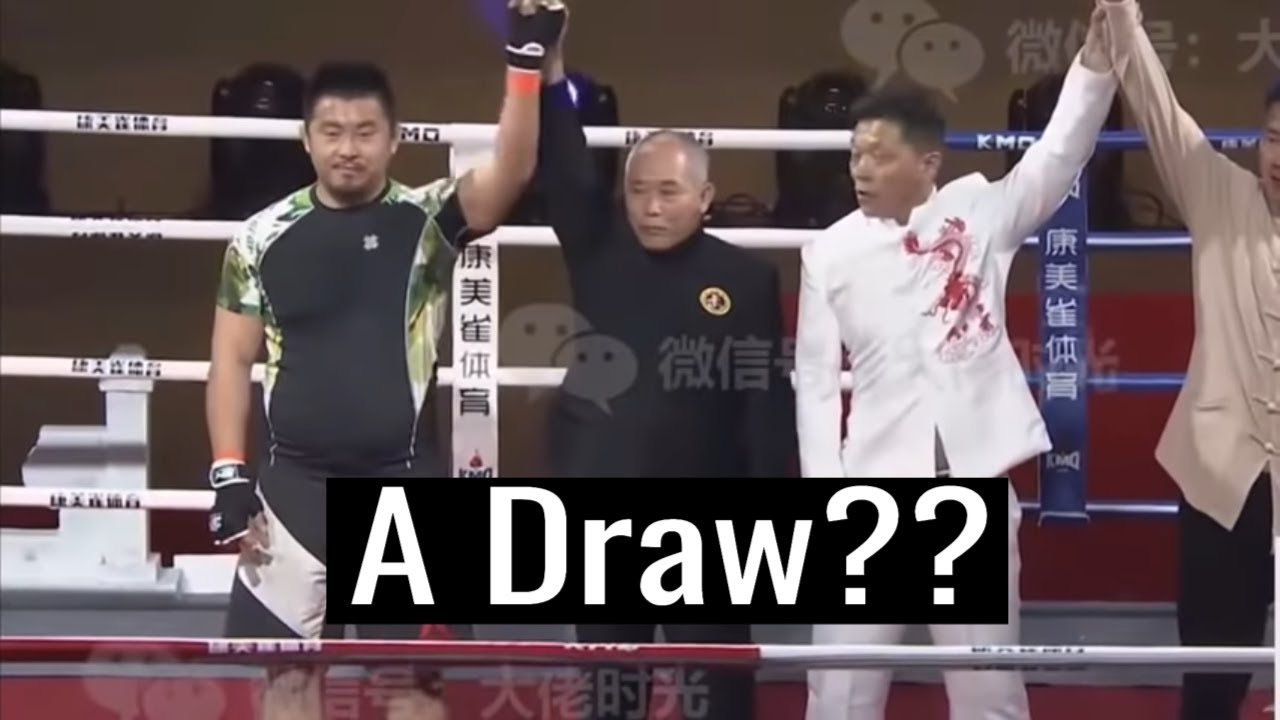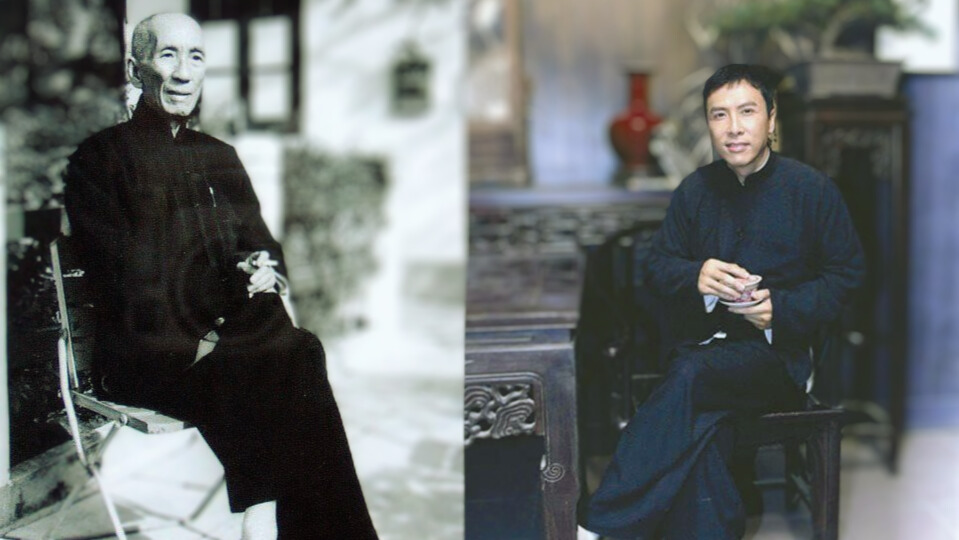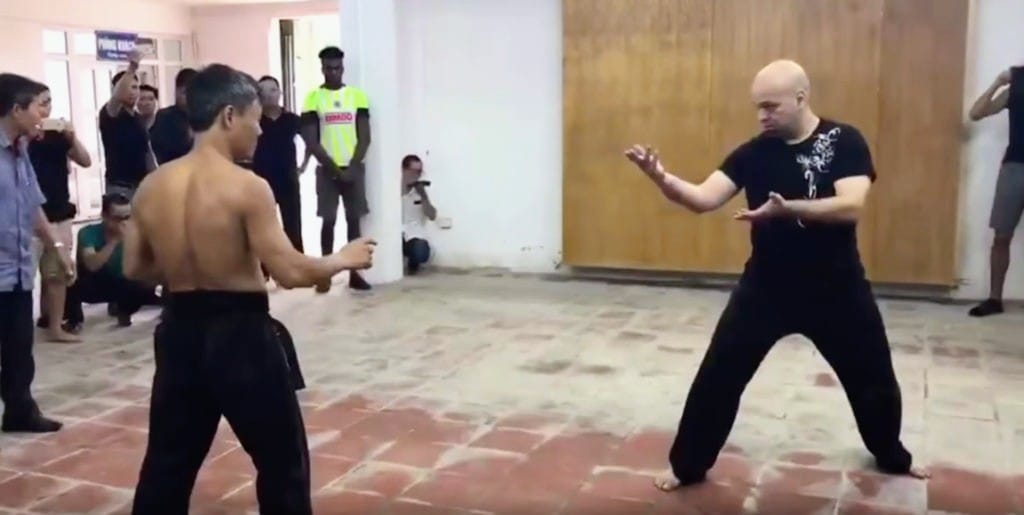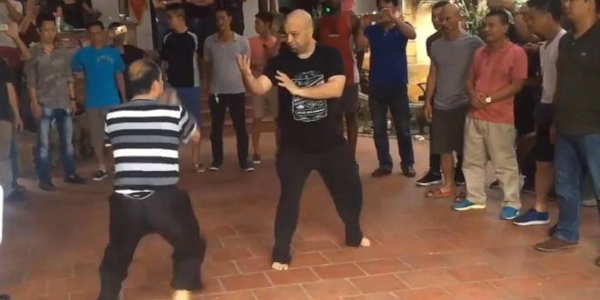Wan Kam Leung Interview
Reading time: 1 minute
Q: Can you tell a bit about yourself and your early history?
Sifu WKL: This year I will be 63 years old. I was born in a village near Hong Kong called Po On village. It is a very small village. Around 1958/59, when I was a teenager, I moved to Hong Kong. Since my earliest childhood I had interest in Kung Fu, even when I moved to Hong Kong. I went to see a lot of Kung Fu styles and as it happened, my brother introduced me to Wing Chun which I have practiced and taught until this day.
Q: When did you start training Kung Fu? Did you train other styles before Wing Chun?
Sifu WKL: As I said previously, I was very interested in Kung fu, so I had to check out various styles, imitating the movements and even practicing them, but I was very young back then. As it happened, after I started training Wing Chun, I was convinced that this is the style that suits me most, so I focused on learning and practicing this boxing style.

[embedyt] http://www.youtube.com/watch?v=lkKQtD8AJN8[/embedyt]
Q: Who did you learn Wing Chun from?
Sifu WKL: Actually, when I moved to Hong Kong in 1958/59, my first Sifu was not Wong Shun Leung but Leung Sheung. I learned from him around half a year. When my Si-Fu Wong Shun Leung opened his school I was the first to join the school, hence I belong to the first generation of Wong Shun Leung’s students. In fact, when I wanted to sign up for a membership, his school was not opened yet. He had only put up his Wing Chun sign but the school had not opened yet. Si-Fu then told me to come back in a month when he would open his school, which I did on the very first day it opened – this is why I am one of his most senior students.
Q: How long did you learn from Wong Shun Leung?

Sifu WKL: I started training with him from the 60’s to the 80’s until I graduated and got my certificate - after which I spent a little less time at his school. I remember when people came to the school to challenge or talk about Kung Fu I was always interested in taking the challenges, or my Si-Fu would send me out to represent him in numerous challenge fights on a no. of occasions.
Q: When did you start to only teach Wing Chun?
Sifu WKL: I often went to Si-Fus school and helped teaching or listening to Si-Fu until I started to teach Wing Chun part time. In the beginning it was only a part time job, not full time, and first when I got a lot of students I started teaching full time. Actually, my full time teaching in Wing Chun started in 1994 when I started to teach the police G4 unit.
Q: What is your vision of Wing Chun? And can you explain the practical aspect of Wing Chun?
Sifu WKL: Why did I call my style Practical Wing Chun? Well, I compared the Wing Chun I have learned from my Si-Fu with other styles and tested it and understood what was good in Wing Chun and what could be changed to further improve the practicability of the style. In this period I changed what I did not think was good or could not be applied, because I liked to exchange experience with other styles and when I trained with these people I saw the benefits and disadvantage of Wing Chun. So what I learned from my Si-Fu, I trained a lot, analyzed it and trained with other styles in order to compare it. So I changed what I found suitable. Like my Si-Fu - what he taught in the beginning was not the same as in the end. He had also made changes and modifications to his boxing style. He told me himself that when you have had contact with Kung Fu for a long time, the more you have taught Wing Chun, you can not but make changes in it. These words I remember from my Si-fu and I find this very true today.
Q: What is the difference between Wing Chun and other styles?
Sifu WKL: Some parts of the Wing Chun style are very useful, while others are not ideally suited to certain situations. All styles have their benefits and disadvantage. Say, Wing Chun can be used with great effect when you only have small space or fight at close range. Like the predecessors, when they exchanged skills it was on a very small platform. So back then you could not step too much backwards, so the platform made you have to keep a close distance. So the chances for winning you have to be fast and have good Kung Fu skills. Also, the three forms of Wing Chun boxing, Siu Lim Tao, Cham Kiu and Biu Ji, all have specific advantages and disadvantages, so is up to you to use them correctly. If you compare Wing Chun with other styles, you can say that Wing Chun is fast and the theory makes sense, for example talking about centerline, angle and speed. This is all benefits in Wing Chun. Actually, there are many things in Wing Chun that are worth noticing, but many Wing Chun practicioners don’t realize this: Chinese people say that hand techniques that follow ‘siin siu hou da’ (first defend and then attack) are not very good techniques. Liin siu dai da (defend and attack same time) is better. But the fastest is ‘Siin da hou siu’ (first attack and then defend) - in my theory that is the best. So if you want to be good in Wing Chun both your hands have to be coordinated well. Like when you begin learning Siu Lim Tao, you start training with one hand and when you get better you start making two different movements at the same time. When you start feeling coordination between the arms is good and you apply it with speed, it is much easier to react when the opponent launches attacks and to counterattack.
Q: What is the most important theory or what do we have to know about Wing Chun?

Sifu WKL: In Practical Wing Chun my personal view is that first you have to see if you launch your punch correctly. This is very important. You have to know that Wing Chun is about angles and centerlines. In my view there are 5 centerlines and if you can master these, then it will be very useful for you and you will be more fast and precise.
Q: Can you tell about some misunderstandings in Wing Chun?
Sifu WKL: Actually everyone has their own understanding of Kung Fu. I can not say that people make mistakes - it is only because everyone does it differently. They all have their theory and explanation. Like three people training with three different masters. Their style will not be the same, not even from one master when the style is transmitted for generations, the style will also change. And Kung Fu is not something you can just copy. You have to look at the individuals, how talented they are, how much knowledge the have gained and how they understand Kung Fu. So of course when the individuals practice their style, there will be some differences. It depends on what level your Kung Fu skills is, how much you actually spent training, how much you have analyzed and compared it with other styles. If you exchange skills with others very often, you will improve faster, but if you only learn and remember and never try it you will not improve, and your skill will not be that good and you can not use your techniques very naturally.
Q: Can you use 3 words to represent Wing Chun?

Sifu WKL: If I should use 3 words to represent Practical Wing Chun it will: Learn more, train more and understand more Q: Can you tell something about Chi sau Sifu WKL: Actually you can use the techniques from the three forms in Chi sau. Then it depends on whether your style makes sense or not. Do your explanations live up to scrutiny and analysis? How do you apply your techniques? Finally, chi sau is about the feeling, reaction and changing. It is very important and also the centerline and angles.
Q: Is Wing Chun good for your health?
Sifu WKL: Every form of exercise is good for your health, but it can also be bad. It depends on how you train it. As every sportsperson knows, if you overtrain, it will be bad for you. But if you know how to control it, of course exercise is good for your health. The benefit of Wing Chun is not to let you go into a ring and win a trophy to let other people admire it. When you train Wing Chun you have to know what you want, for instance like me, when I train Wing Chun, I have to be able to not let people attack me, I have to be able to protect myself and the people around me. Under these circumstances I have to make fast decisions and protect myself in the best way. This is very important.
Q: How can we use Wing Chun techniques in a real fighting?
Sifu WKL: If it is in a narrow place, at close range, you can really use the speed in Wing Chun and your punches will be faster than your opponent’s, because in your everyday training, you specialize on that. So that is why you can react really fast and make a counterattack really fast also.
Q: What are the links between Wing Chun and Philosophy?
Sifu WKL: You have to know what Wing Chun gives you so that no matter what you do, you have understanding, reaction and reason. Also, if you are a lazy person and start training Wing Chun you will be more active. In everyday life it can help you a lot because you have more understanding of things you do and you react better. Say you are a clumsy person, Wing Chun can really benefit you to be more aware. And when you are in danger, Wing Chun can help you react in the dangerous situation and give you more confidence.
Q: What do you think about the success in Wing Chun these last years?

Sifu WKL: Wing Chun has become very successful over the years. If you have to look at the success you have to look at the past. My opinion is that nowadays there are two different Chinese martial arts that are most successful. One is Tai Chi and the other is Wing Chun. So you can say that Wing Chun is very successful. The popularity of Wing Chun all around the globe can be attributed to three persons, everyone practising Wing Chun should know them: The first one is Bruce Lee. He was able to show Chinese martial arts in his movies and let people know about Wing Chun. The second one is my Si-Fu Wong Shun Leung. His nickname was King of talking hands. Why was his nickname that? It is because he often compared his style with others and exchanged skills with other styles. So he really represented Wing Chun. As an example, in the 80s he represented Wing Chun in Beijing, and Beijing recognized that Wing Chun was a good style because of Si-Fu, so his contribution to Wing Chun is big. The third person who spread the system after Bruce Lee popularized it is Si-fu Leung Ting. He spread the system to all over the world and - in Europe he started there much earlier than many Sifus. That is why he contributed to spread the name Wing Chun to all over the world. That is why I think these people deserve respect for what they have contributed
Q: Can you say something that western people who practise Wing Chun should know?
Sifu WKL: You have to know that the three forms in Wing Chun contain a lot of things: contact at close distance, how to keep the distance and change directions. Wing Chun contains all this, so it depends on your own physical building to use what techniques that fits you most. F.i. if you are very tall and you are in a close distance, your ‘fan-sau’ (follow up hands) aren’t faster than the small guy. But when you are smaller than the other guy, the length of your arms are shorter, so you are at a disadvantage when you are out of your range. Wing Chun deals with all of these issues. So it is up to you to how much you learn. How much you practise and discipline you have and how much you go and understand Wing Chun. Actually, Wing Chun talks about theory and philosophy. Wing Chun is a woman. Women can not use force again force with a man, so when you are woman you have to use your cleverness, reaction, borrow force, use the feeling instead of using force against force. Because a man will always be stronger, that is why a woman has to borrow the force. Try this: Let a man hold his fist very tight and you realize you don’t have to use force to move his arm away. Then you understand you don’t need to use force against force. This is a very special thing in Wing Chun.
Q: Are there questions you think I forgot to ask you

Sifu WKL: I think Wing Chun has developed very well in the Western World, that is a fact. This is because there is something we can all learn from, because when Western people train, they do it more seriously, they have greater discipline and really want to understand more. That is what Chinese people can learn from. Even though Wing Chun is Chinese, but why do people all over the world practise it? This is because people understand the benefits of Wing Chun. That is why we should all train and analyze more, so we will all improve. All kung fu practicioners have their own idea of Kung fu and their own way to analyze it and all people can learn Wing Chun. There is a saying in Chinese: don’t be afraid you can’t learn it, just be afraid that you are too lazy to learn it. If you want to train, you will learn it. If you want to learn it you will understand it
Thank you. Your comment will be approved shortly.
Comments
Thank you. Your comment will be approved shortly.
Thank you. Your comment will be approved shortly.
Thank you. Your comment will be approved shortly.
Thank you. Your comment will be approved shortly.
Thank you. Your comment will be approved shortly.






